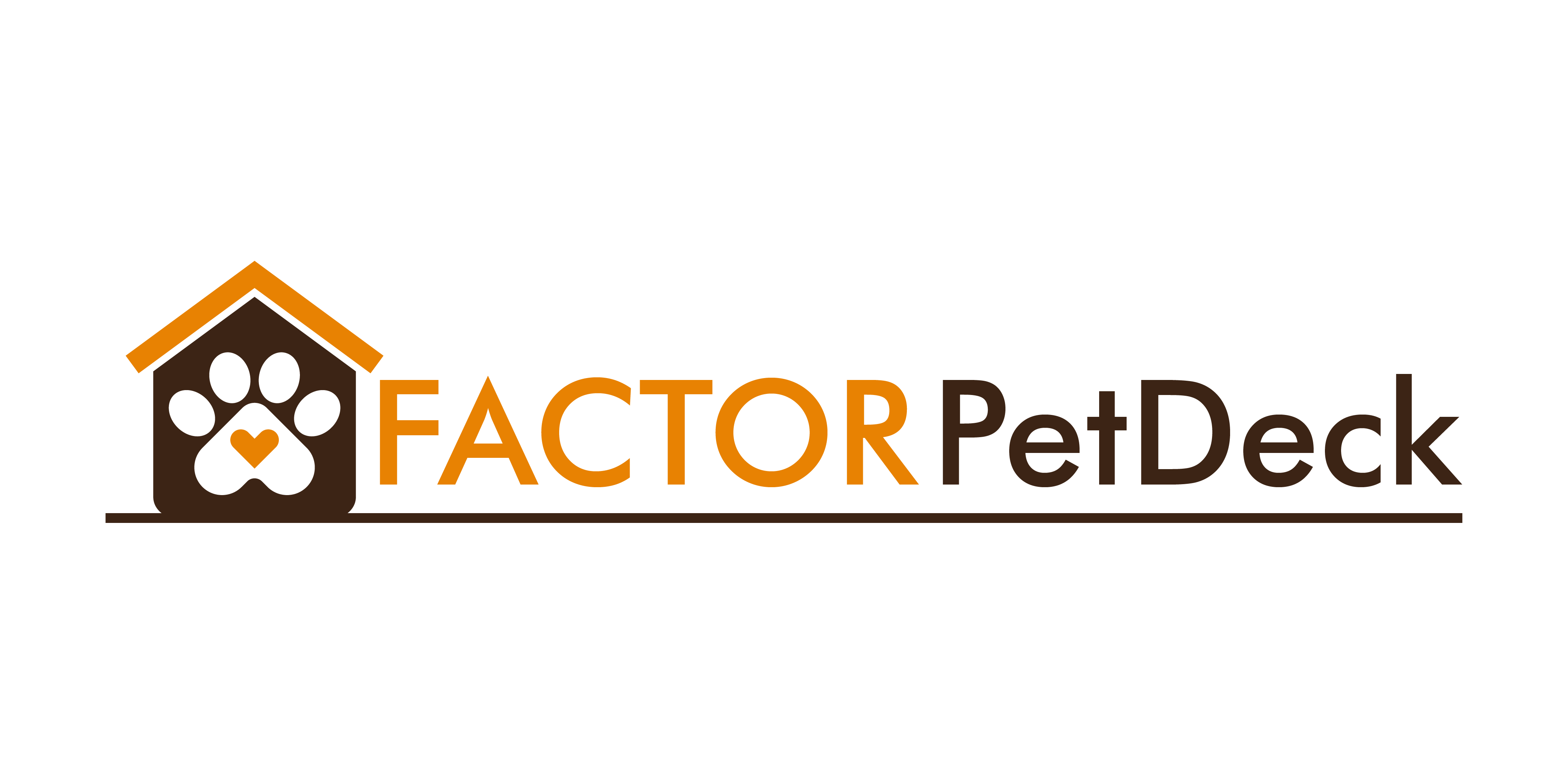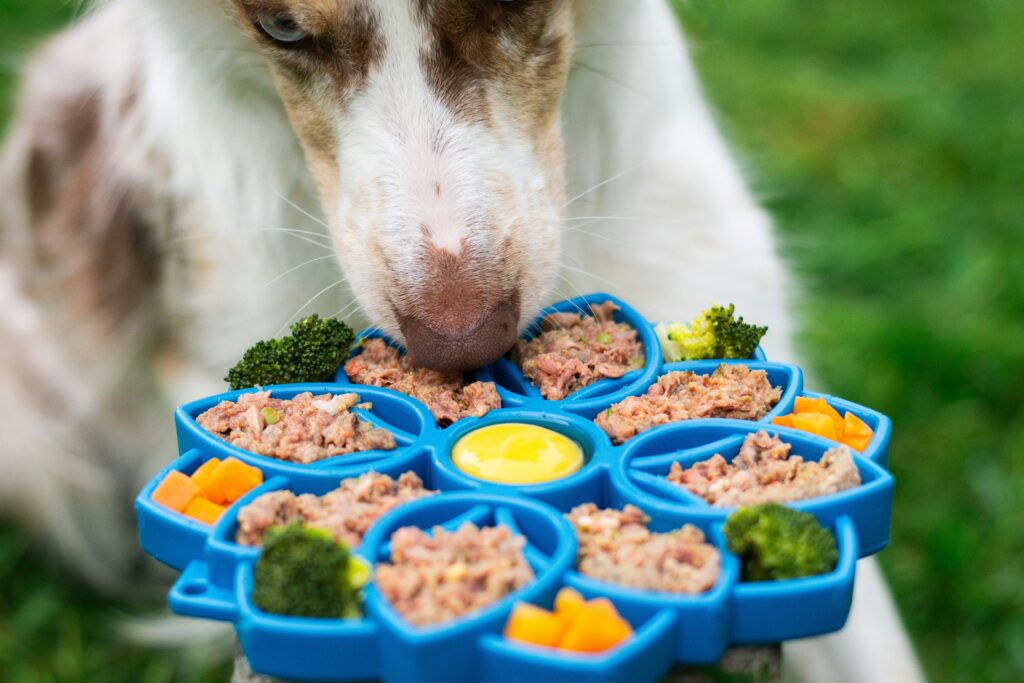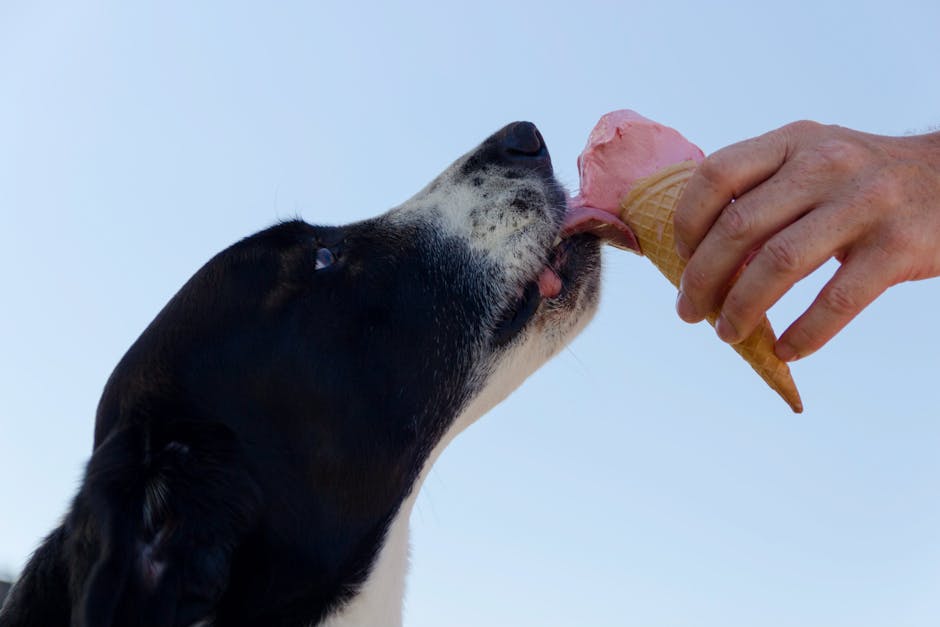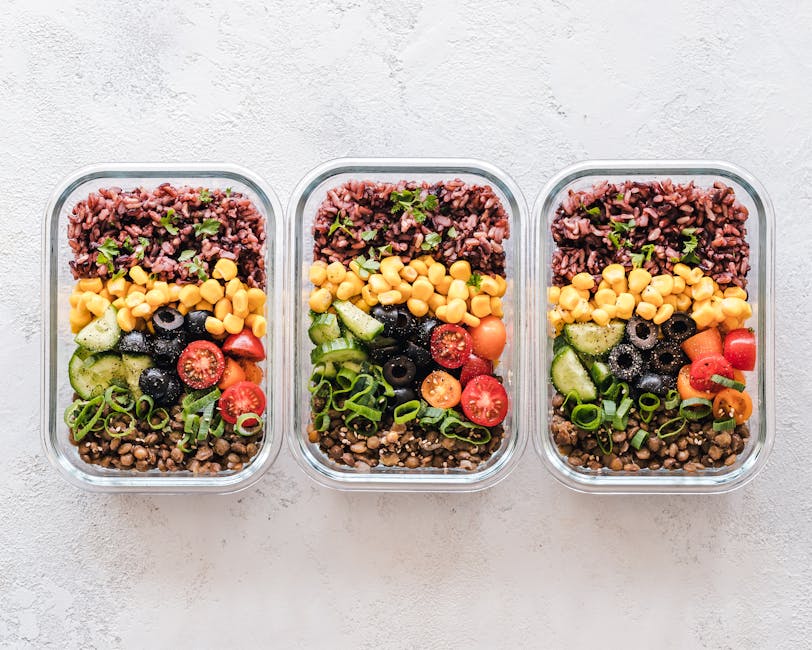Why Nutrition Matters More Than You Think
Pets can’t tell us when something’s off—but their bodies do. Diet is ground zero for overall health, and when it’s lacking, the signs show up fast: itchy skin, dull coat, erratic energy, weight gain or loss, and digestive problems that are hard to ignore. Food is either fuel or friction—there’s not much in between.
Poor nutrition chips away at health quietly. Maybe your dog scratches a little more. Maybe your cat seems sluggish. Over time, these minor issues stack up, leading to chronic conditions that can impact mobility, immunity, and even mood. It’s not just about filling the bowl—it’s about what goes in it.
On the other hand, when pets get the nutrients they actually need—omega-3s for skin, high-quality protein for muscle tone, fiber for gut health, and the right balance of vitamins and minerals—things start to align. You’ll see fewer vet visits, more energy, healthier stools, and better weight management. The payoff is a pet that looks better, feels better, and lives better.
Nutrition isn’t magic. It’s just overlooked. Get it right, and a lot of problems solve themselves.
Problem Area 1: Obesity in Pets
More Than Just “A Few Extra Pounds”
Pet obesity is one of the most common and underestimated health issues today. It’s not just about appearance—excess weight significantly increases the risk of serious conditions like:
- Diabetes
- Joint stress and arthritis
- Heart and respiratory issues
- Reduced lifespan and lower quality of life
Overweight pets often show less energy and mobility, which can lead to a cycle of inactivity and further weight gain.
Food Quality and Portion Control Matter
What you feed your pet—and how much—directly influences their weight. It’s not just about cutting back; it’s about choosing the right kinds of nutrients.
Key Considerations:
- Ingredient quality: Low-grade fillers and by-products add calories without nutritional value. Prioritize real meat and named whole-food ingredients.
- Calorie density: Even high-quality food can lead to weight gain if portion sizes aren’t appropriate.
- Feeding frequency: Avoid free-feeding. Stick to structured meal times and controlled portions.
Practical Feeding Adjustments
Small changes can yield big results. To support healthy weight loss or maintenance:
- Measure every serving. Use a proper measuring cup to avoid accidental overfeeding.
- Review your pet’s actual caloric needs. Needs vary significantly based on breed, age, activity level, and current weight.
- Limit high-calorie extras. Treats and table scraps add up fast—choose low-calorie, nutrient-dense options.
- Increase physical activity. Nutrition and exercise go hand in hand for healthy weight loss.
Work with your vet or a pet nutritionist to create a realistic, effective plan. The goal is long-term health, not just fast weight loss.
Problem Area 2: Skin and Coat Issues
If your pet’s coat has lost its shine—or worse, they’re itching constantly or shedding nonstop—you’re likely looking at a nutritional imbalance. Skin and coat health doesn’t just come from regular grooming. It starts with the food bowl.
Three key nutrients pull heavy duty here: omega-3 fatty acids, zinc, and amino acids. Omega-3s help calm inflammation and keep the skin supple. Zinc supports healing and can reduce dandruff or crusty patches. Amino acids, the building blocks of proteins, are essential for growing healthy fur. Take out any of these, and it shows—under the fur and on your couch.
Choosing or crafting food for skin health doesn’t need to be complicated. Look for whole, named protein sources. If you see “fish oil” or “salmon meal” near the top of the ingredients list, that’s a good start. Avoid fillers, artificial “flavors,” or ultra-low-cost kibble with mystery meats. For DIY feeders, balance matters even more—talk to your vet to check your mix actually meets your pet’s needs.
Your pet’s skin is like a report card. Feed well, and it’ll show.
Problem Area 3: Digestive Trouble
When pets start having consistent digestive issues—gas, loose stools, bloating—it’s often not just “something they ate.” The real culprit tends to be what they’re eating every day. Many commercial pet foods are loaded with fillers like corn, wheat, and soy. These aren’t inherently evil, but they’re low on nutrients and hard for many animals to digest. Add low-grade proteins and artificial additives into the mix, and it’s a recipe for chronic gut stress.
Good gut health starts with feeding the system, not just filling it. That means looking for quality prebiotics like inulin or chicory root, which fuel the good bacteria in the intestines. Fiber—especially from vegetables or targeted supplements—helps regulate digestion and keeps things moving. And don’t underestimate hydration. Especially with dry food, many pets run borderline dehydrated, which only makes digestion harder.
Balancing gut health doesn’t require fancy formulas. Often, it’s about choosing minimally processed, clean-ingredient foods and supporting gut flora consistently. Think of it as a long-term investment, not a short-term fix. Fewer belly aches, better absorption of nutrients, and calmer bathroom routines are all signs you’re headed in the right direction.
Simple Nutrition Upgrades That Make a Difference
If you only make one change to your pet’s diet this year, start with the label. First ingredient should be a named protein—chicken, beef, salmon—none of that vague “meat by-product” stuff. Avoid artificial colors, preservatives you can’t pronounce, and sweeteners. If the ingredient list reads more like a chemistry experiment than a food label, it’s not doing your pet any favors.
Rotating proteins is another solid move. Sticking to just one type long term can increase the risk of food sensitivities and nutrient imbalance. Mixing it up—say, cycling between turkey, duck, and lamb—keeps things fresh and challenges your pet’s gut in a good way. Just make changes gradually to avoid digestive blowback.
Finally, don’t underestimate the power of real food. Whole-food supplements like canned pumpkin, sardines in water, or a scoop of plain kefir can shore up weak spots in an otherwise okay diet. These aren’t gimmicks—they’re simple, safe, and effective ways to boost nutrients without introducing junk. Keep it clean, keep it balanced, keep it evolving.
When Homemade Makes Sense
Some pet owners go the DIY route because they want control. They’re not convinced by what’s inside store-bought kibble or canned foods—too many unpronounceable ingredients, fillers, or one-too-many vet visits caused by a mystery reaction. Feeding pets like family, straight from your own cutting board, feels honest. Plus, it can be a fit for pets with allergies, sensitivities, or special medical needs.
But here’s the reality: good intentions aren’t enough. Dogs and cats don’t work well on guesswork menus. Unlike humans, their nutritional needs are narrower and non-negotiable. One wrong ratio can mean long-term harm. That’s why safety matters if you’re going to home-cook. Work with a vet or pet nutritionist. Use balanced recipes. Don’t just feed meat and skip the micronutrients—calcium, taurine, vitamin D3, and more play critical roles.
Also, watch out for risky ingredients—onions, chocolate, excess fat, and salt don’t belong in pet bowls. Sanitation counts too. Clean utensils and cooked meats help prevent bacteria that pets, especially the vulnerable ones, can’t shrug off easily.
Homemade can be a solid path when done with care. Otherwise, good intentions can backfire fast.
Learn more: How to Make Homemade Pet Food Safely
The Vet + Nutrition Partnership
When it comes to your pet’s health, nutrition isn’t a guessing game—and your veterinarian should be a trusted partner in shaping the dietary decisions that support long-term well-being.
Why Vet-Approved Plans Matter
Crafting the right diet for your pet involves more than choosing the highest-rated product on the shelf. Pets have unique needs depending on factors like age, breed, medical history, and lifestyle. A veterinarian can:
- Identify underlying health issues that may require dietary changes
- Recommend personalized feeding plans based on clinical insight
- Help avoid overcorrection or nutrient imbalances
Key Point: What works for one pet might harm another. Professional guidance keeps meals safe and effective.
Functional Foods to Ask Your Vet About
The rise of functional nutrition has introduced many therapeutic options. These foods go beyond basic sustenance, offering targeted health support:
- Joint-supportive diets rich in glucosamine and omega-3 fatty acids
- Skin and coat formulas fortified with zinc and biotin
- Sensitive stomach blends with prebiotics and easily digestible proteins
- Kidney or heart-supportive recipes with controlled phosphorus, sodium, or protein levels
Ask your veterinarian which foods may benefit your pet based on current symptoms or preventive needs.
Track, Adjust, and Repeat
Once a nutrition plan is in place, ongoing evaluation is key. Results can be gradual, so stay consistent and keep an eye out for small but meaningful shifts:
- Watch for energy level, coat condition, weight, and stool quality
- Schedule follow-ups with your vet to discuss progress
- Be ready to adjust portions or ingredients based on outcomes
Effective pet nutrition isn’t static—it’s a dynamic process that evolves alongside your pet’s health. Your vet can help guide each step.
Final Thoughts
Food isn’t a magic bullet, but it should be the first thing you look at when something seems off with your pet. Whether it’s coat issues, low energy, or weight gain—start with the bowl. Dietary change is often faster, safer, and more effective than jumping straight to meds.
You don’t need to overhaul everything overnight. Swapping in a cleaner protein source, ditching fillers, or adding healthy fats can move the dial. It’s basic, but powerful. A few smart tweaks can mean fewer vet visits down the line.
Most important: stay sharp. Watch how your pet responds to different foods. Ask your vet targeted questions. Read the ingredients like you would for yourself. If the food doesn’t look or sound right, don’t just shrug and scoop. Because when you aim higher than “just okay,” your pet feels the difference.




